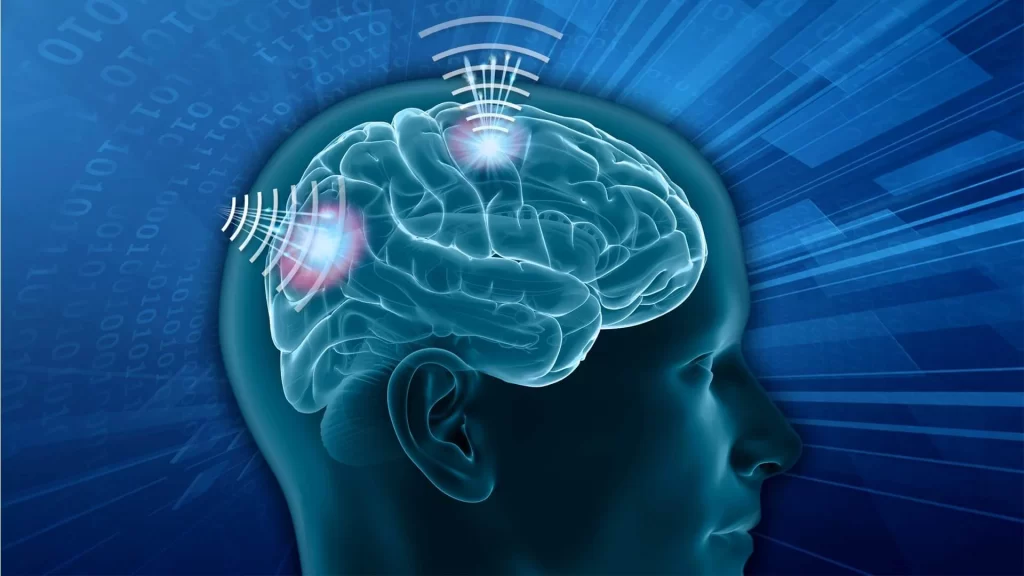
Introduction
Imagine controlling your smartphone, typing a message, or even playing a video game using just your thoughts. Wireless Brain-Computer Interfaces (BCIs) are making this a reality by enabling direct communication between the human brain and external devices without the need for wires. These cutting-edge systems have the potential to revolutionize healthcare, gaming, artificial intelligence, and even military applications. While still in development, wireless BCIs could soon become an integral part of our daily lives.
What is a Wireless BCI?
A Wireless Brain-Computer Interface (BCI) is a system that detects and processes brain activity, translating neural signals into commands for external devices like computers, prosthetic limbs, or even smart home systems. Unlike traditional BCIs, which require physical connections to machines, wireless BCIs operate through Bluetooth, Wi-Fi, or radio frequencies, offering more flexibility and accessibility.
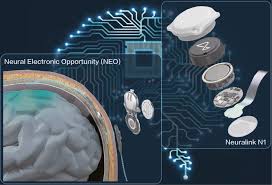
How Does It Work?
- Brain Signal Detection – Sensors or electrodes (either implanted or placed on the scalp) detect neural activity.
- Signal Processing – AI-powered algorithms analyze the brain signals and convert them into digital commands.
- Wireless Transmission – The processed signals are sent wirelessly to a connected device.
- Real-Time Action – The external device interprets the command and executes actions such as moving a robotic limb, controlling a drone, or navigating a computer.
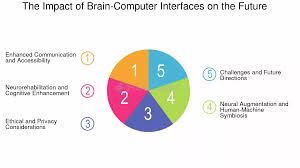
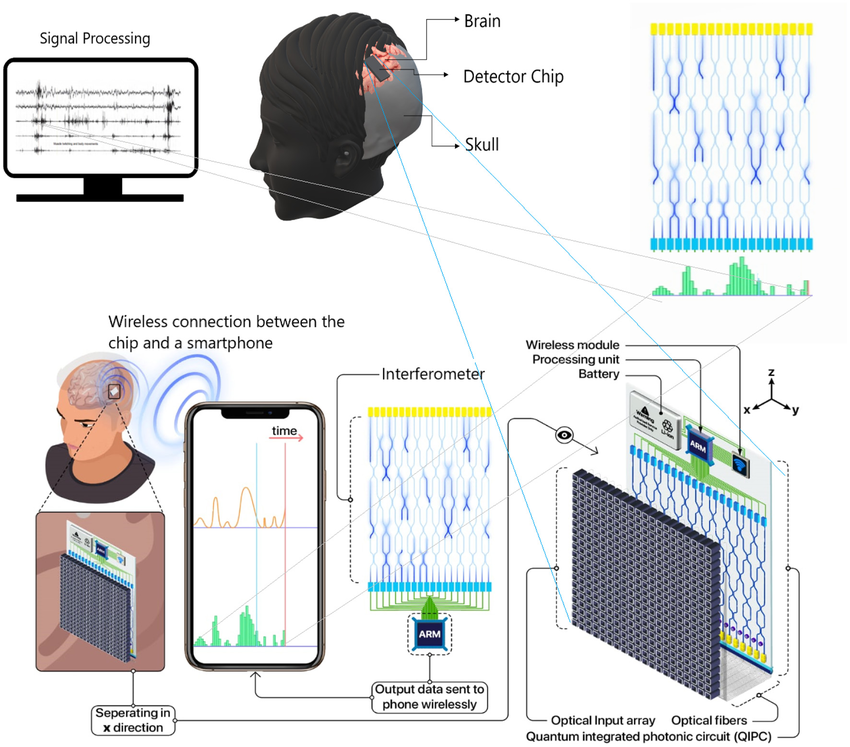
Current Developments in Wireless BCI
- Neuralink (Elon Musk’s company) has developed a wireless implantable BCI capable of controlling digital devices through thoughts.
- Synchron has created a minimally invasive BCI that can be implanted through blood vessels instead of requiring open-brain surgery.
- University of California researchers are developing brainwave-based communication tools for individuals with paralysis.

Potential Applications
✅ Assistive Technology – Allows paralyzed individuals to control wheelchairs, communicate, or regain movement.
✅ Gaming & Virtual Reality – Enables mind-controlled gaming without the need for physical controllers.
✅ Military & Defense – Soldiers could control robotic systems, drones, or communication devices hands-free.
✅ AI Integration – Enhances cognitive abilities by allowing direct AI-assisted thinking for learning and decision-making.
✅ Mental Health & Therapy – Could help treat depression, PTSD, and neurological disorders by regulating brain activity.
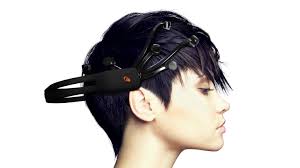
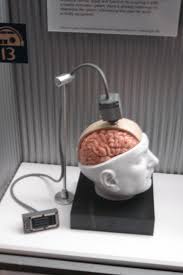
Challenges & Risks
🔴 Signal Accuracy – Decoding brain signals with precision is still a challenge.
🔴 Data Privacy – Brain data could be vulnerable to hacking or misuse.
🔴 Ethical Concerns – Raises issues related to mind control, consent, and cognitive enhancement.
🔴 Medical Risks – Implantable BCIs carry risks of infection, rejection, or long-term brain effects.
Expected Launch Timeline
- 2025-2027 – Initial medical applications for patients with paralysis or neurological conditions.
- 2030+ – Expansion into gaming, AI, and consumer tech applications.
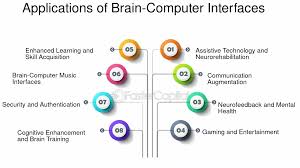
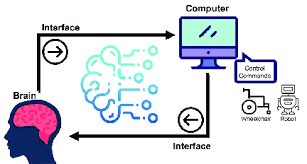
Conclusion
Wireless Brain-Computer Interfaces (BCIs) are poised to reshape the way we interact with technology, bridging the gap between human cognition and machines. From helping disabled individuals regain control to revolutionizing gaming and AI, the possibilities are endless. However, challenges related to data security, ethics, and medical risks must be addressed before BCIs become widely available. As research advances, the dream of controlling technology with our minds is getting closer to reality—ushering in a future where thoughts can truly shape the world around us.

